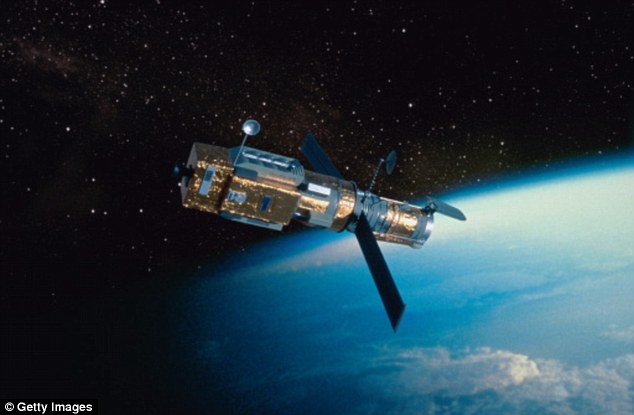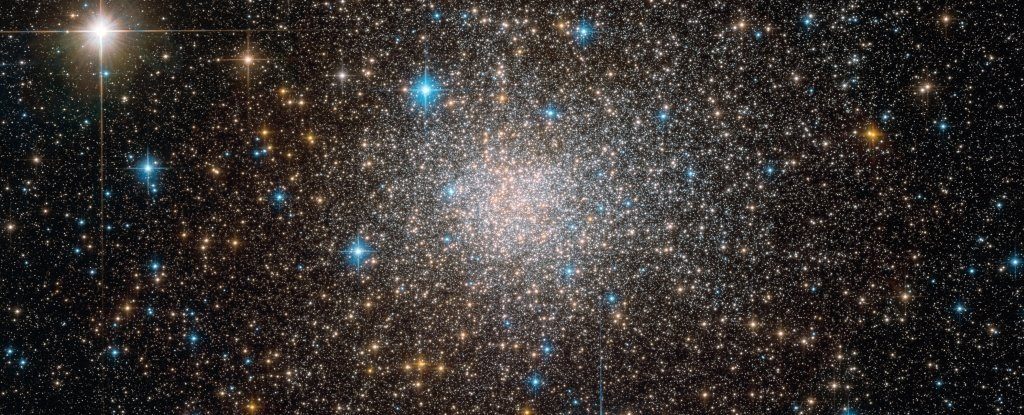Elon Musk’s plot to place 25,000 satellites in Earth circle will make ground-based stargazing substantially more troublesome
It is an adage that commercialization frequently comes at a disservice to science. The web, when a scholarly and scholarly space free of ads, has been changed into an advanced announcement; similarly, the commercialization of radio wireless transmissions has made Earth-based radio stargazing troublesome because of obstruction from Wi-Fi, AM/FM and TV signals. Presently, as business people are equipping to market space, cosmologists have restored motivation to be furious about a declaration by SpaceX that could make ground-based observational stargazing significantly more troublesome, driving space experts to work around the speeding of satellites over the night sky.
The private, Elon Musk–established organization propelled one of its reusable rockets from Cape Canaveral on Monday with 60 satellites locally available, as a major aspect of the Starlink group of stars, which will aggregately give satellite web far and wide, among different employments. The dispatch was the second payload of a satellite heavenly body that will in the long run be comprised of a huge number of circling transmitters, if all goes as arranged. Be that as it may, in spite of the crucial masked by a helpful reason, the current week’s dispatch delivers continuous stresses numerous in the space science field have about the impression of such a significant number of satellites, as reflected daylight.
“I am concerned [that] the SpaceX satellite launch marks the beginning of a new era,” Avi Loeb, seat of Harvard’s cosmology division, told Salon by means of email.
In October, Musk declared that their organization was mentioning authorization from the Federal Communications Commission to work 30,000 satellites, notwithstanding the 12,000 that have just been affirmed. As of January 2019, there were around 5,000 satellites in space, 1,950 of which are as yet working. Musk’s satellites would bring the quantity of satellites around Earth to a state space experts have never managed.
“They are already requesting 30,000 new satellites beyond the 12,000 that were granted and the number will grow further without any space laws to moderate the growth,” Loeb added. “It is essential to find a technological solution that would minimize the footprint of these satellites on telescope images (or else we will need to always avoid their predictable locations or relocate optical observatories to the Moon).”
While satellites aren’t really another issue for cosmologists, the splendor of the SpaceX-propelled satellites are of concern.
“The problem is particularly acute for the Large Synoptic Survey Telescope (LSST) which will survey repeatedly a large fraction of the sky,” Loeb explained. “There is no doubt that it will be addressed in the 2020 Decadal survey of Astronomy which will summarize the priorities of the Astronomy community for the next decade.”
The LSST will depend on an enormous camera to review the whole sky once at regular intervals, in any event, to ponder dull vitality, dim issue, and space rocks. The venture is set to begin in 2022. Since it will study such a wide field, satellites like the Starlink ones could influence it fundamentally. As of now LSST analysts are investigating how 50,000 new satellites, as per filings by SpaceX, could influence LSST perceptions. As indicated by Nature, early discoveries recommend that the telescope could lose noteworthy measures of watching time.
The primary cluster of Starlinks that were propelled into space in May have just messed some up. In September, the European Space Agency (ESA) needed to move its Aeolus wind-mapping satellite off the beaten path of a Starlink satellite to keep away from an impact.
“We see it as part of our changing environment,” Stijn Lemmens, a space debris analyst at ESA, told Forbes at the time. “We want to raise awareness in this sense, that there’s quite a bit of work that needs to be done on how to make sure that these type of operations will run smoothly in the future.”
“There is a precedence for that situation, namely radio band transmitters used for communication and self-driving cars introduces interference to radio telescopes,” Loeb said. “As a result, there are federal regulations on the frequency bands that can be used for commercial purposes.”
“One can imagine analogous regulations on the number [of] or luminosity of satellites,” they said.
Disclaimer: The views, suggestions, and opinions expressed here are the sole responsibility of the experts. No journalist was involved in the writing and production of this article.



